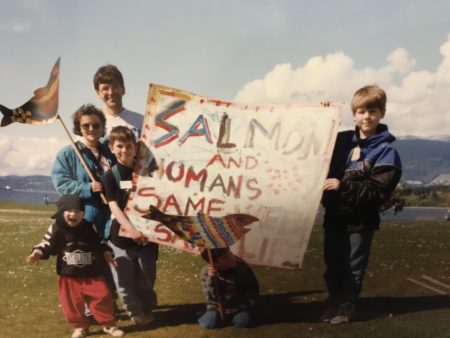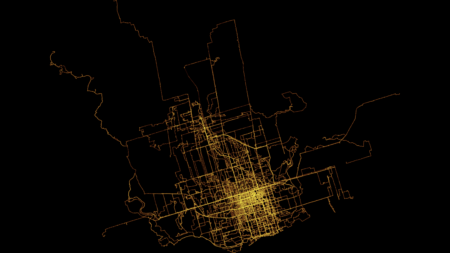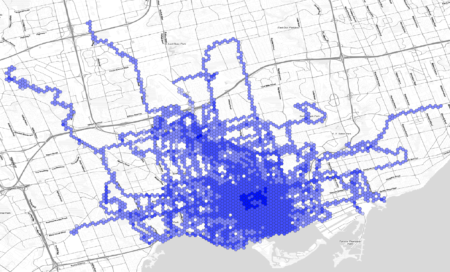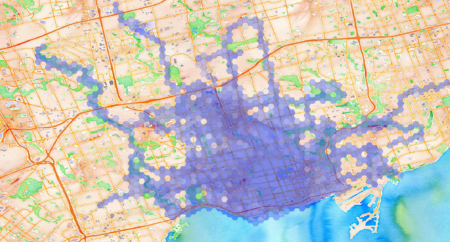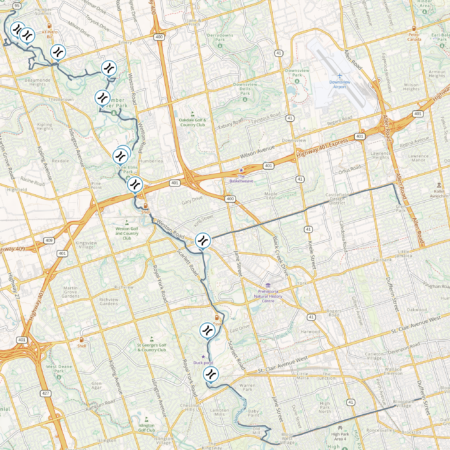Not mutually exclusive:
- They are about to launch a bicentennial fundraising campaign with themes including healthy lives, sustainable future, and the next generation. They feared negative public relations attention if they launched the campaign while continuing to refuse to divest
- The university’s investment managers have decided that they can better retain authority and control by choosing how to divest on their own terms, and particularly with little reference to the culpability of the industry
- In trying to implement the prior environmental, social, and governance (ESG) screening method, the investment managers at the University of Toronto Asset Management (UTAM) corporation decided that divestment would be easier or better based on their secret internal metrics
- The Harvard announcement and COP26 have added to the pressure to announce new efforts
- U of T perceived that it was increasingly behind when a growing number of Canadian schools had made divestment commitments
- A student-led volunteer campaign persisted through multiple setbacks and core cohort graduations and was sustained by the University of Toronto Leap Manifesto chapter and subsequently the Divestment & Beyond faculty- and union-led campaign after the Toronto350.org / UofT350.org effort
As in the campaign as a whole, the university’s penchant for secrecy makes it challenging to explain or understand their actions. In particular, that includes the parlour trick of setting up your own investment management corporation as a means of evading oversight, by pretending that somehow the advice from this organization should only be available to the administration in secret.

